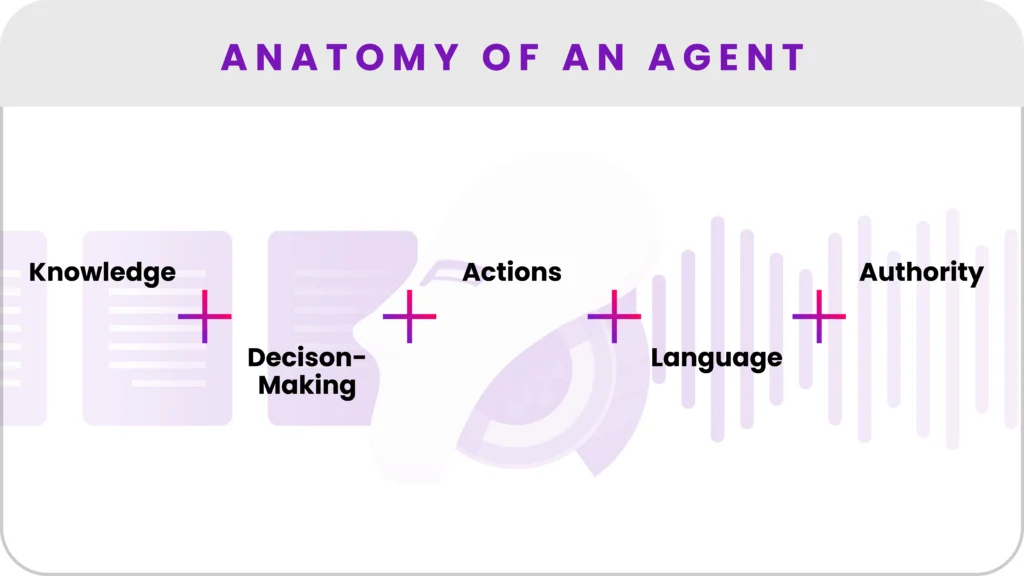Patient portals have the potential to create a more personalized healthcare experience for consumers, especially during the coronavirus pandemic.
Patients can privately message physicians through the portal, ask questions, and improve access to their medical data. And portals provide them with tools to help them remain actively engaged in their care.
Portals offer a lot.
The problem is, patients just aren’t using them — at least not as much as they could be. A large-scale study published in the journal Health Affairs found that 63% of insured adults who had visited a doctor in the previous year hadn’t logged in to the portal during that time frame. The study pinned this on a lack of physician, health system, and insurer engagement in promoting it. Nearly 40 percent of patients surveyed said portal enrollment hadn’t been offered to them.
And some patients said they preferred face-to-face communication or were concerned with privacy or security. Still, others didn’t fully understand why they needed to use a portal.
Identifying the barriers to adoption is the first step toward crafting strategies improving patient portal use. The second is adopting strategies to overcome those challenges. Here are the top three:
Send portal invitations via text message
Texting has become one of the most widely used forms of communication — even among older adults. It is fast, efficient, and inexpensive. And it has an impressive reach, with as many as 98 percent of text messages read within three minutes of receipt.
Sending a portal invitation via text message could inform patients who don’t know about the portal and provide a convenient way to sign up.
In 2016, Cedars-Sinai wanted to increase MyChart patient portal enrollment so that patients had greater access to their data and could verify their information and fill out their health histories online before arriving at a clinic or hospital.
“We wanted our patients’ health information to be more accessible to them,” said Ramin Rasoulian, a lead applications specialist for the enterprise.
The health system had tried using email to send an activation key, instead of a paper handout, but it wasn’t seeing much improvement. Since Cedars was already using WELL to send out text reminders, they sent the portal activation link through a text message along with the patient’s regular appointment reminder.
“We were struggling with how to create strategies around the activation, and this was one that really stood out,” Rasoulian said.
WELL allowed Cedars to identify which patients weren’t currently enrolled in MyChart and only send the messages to that group.
Within five months of implementing the new system, enrollment increased by 19 percent overall, with some clinics seeing as high as 67 percent increases in enrollment. Overall, texting portal invitations generated a positive response, improved utilization, and even shifted attitudes.
“The narrative has shifted,” Rasoulian said. Referring to texting’s ability to improve administrative processes, he said, “It’s naturally part of your workflow. It just immensely improves it.”
Provide in-person help with portal activation
Even for young, tech savvy patients, a little help enrolling in the patient portal goes a long way.
In a study published by the Journal of Adolescent Health, MyChart staff approached 96 adolescent patients in an urban primary care clinic. They offered to help patients sign up for and download the portal program. More than 87 percent of participants enrolled in MyChart and 79 percent of participants reported being “satisfied” or “very satisfied” with the program. They also agreed that using an electronic health record app is necessary and valuable.
Did most of these patients actually need the help downloading the app? Probably not. But the personal contact may have provided that final push to get them to activate and use the app.
In another study, nurses at a large health system offered to help patients sign up for the portal after rooming. A total of 1,628 patients participated in the study, and more than a third were already enrolled. After four weeks, enrollment increased 10 percent. After eight weeks — and adding educational sessions for nurses — enrollment increased by a total of 15 percent, resulting in 86 new patient enrollments.
But new enrollments weren’t the only positive effect of assisted sign-ups. Participating nurses found that when patients use the portal, their workload decreased. And overall patient engagement increased — a win for all.
Offer patient portal education
One reason patients may not want to engage with portals is lack of understanding in how to use them. Just as healthcare systems and physicians are more likely to adopt the EHR when trained and educated, patients may also be more likely to activate and use portals with instruction and educational resources.
A study published in 2019 evaluated the impact of an e-learning platform on older adults with chronic conditions. Researchers looked at whether the intervention could improve portal adoption, knowledge, selected health outcomes, patient portal self efficacy and use, and e-health literacy in older adults
“Lack of support for older adults using PPs remains a critical gap in most implementation processes,” researchers said.
After four months, patients in the group that used the online learning platform used the portal more often. They also showed higher levels of self-efficacy with the portal. That means they developed the ability to achieve their own goals or desired outcomes using the technology.
Online courses, training videos, and other educational material could help effectively encourage more patients to engage with portals. For patients with chronic illness, this could be a game-changer. It could help them to manage their conditions more effectively with valuable new resources. It could also offer tools to help them follow treatment plans, make appointments, and communicate with doctors.
WELL improves portal enrollment
Whether your goal is to provide another channel for secure messaging, improve access to patient data, or offer virtual care, WELL can help coordinate patient portal enrollment. ♥



